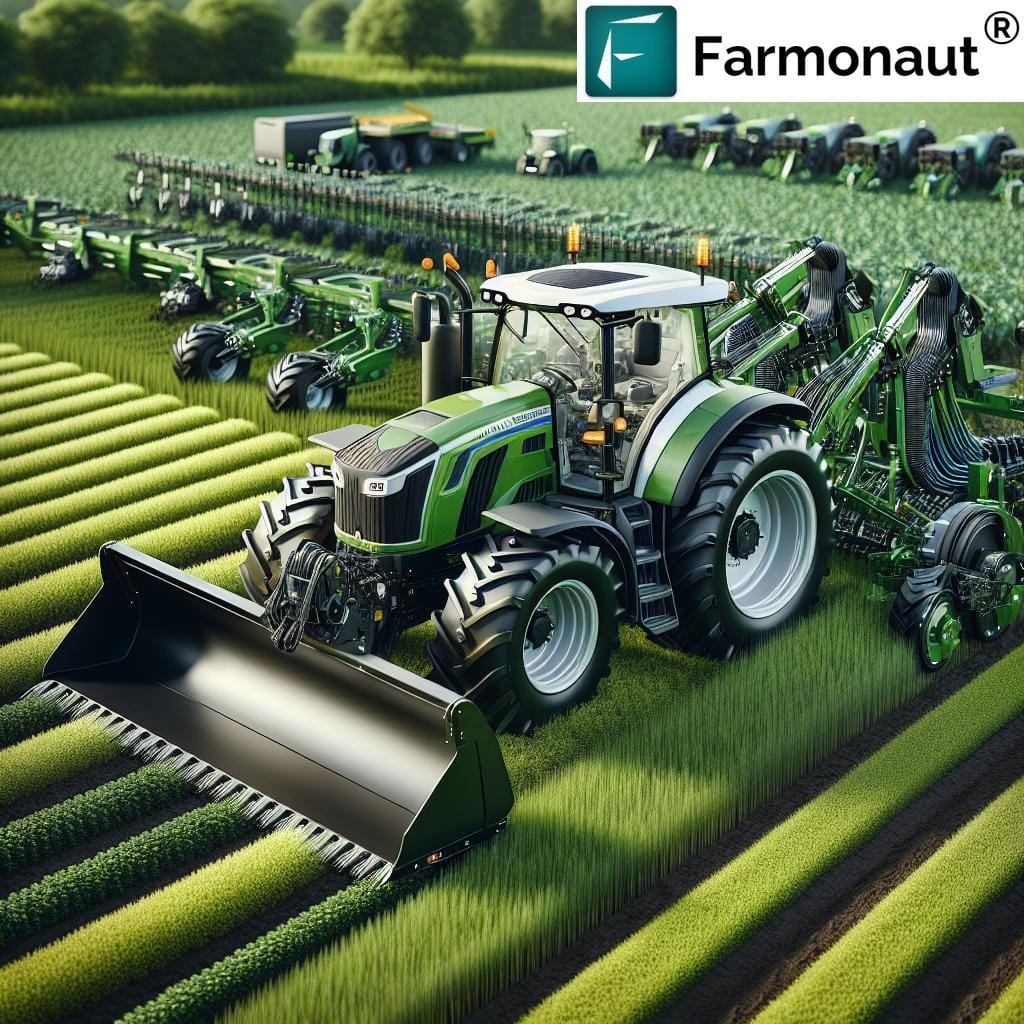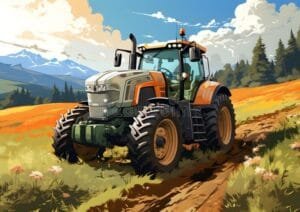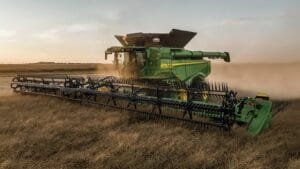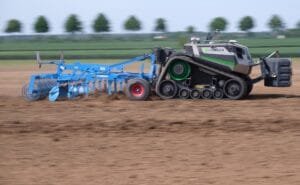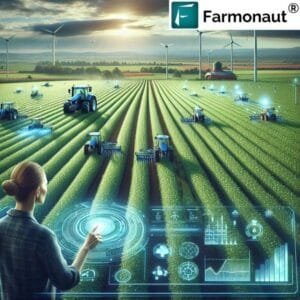The unmistakable hum of diesel engines and the heavy odor clinging to country air have marked the passage of tractors for generations. Now, unexpected silence drifts across some fields—a telltale sign of a new era. Electric tractors, emerging less as distant speculation but more as daily reality, are transforming agriculture in directions both predictable and decidedly peculiar.
Unlike their traditional counterparts groaning under mechanical complexity, electric tractors breeze through maintenance with surprising ease—the number of failing components diminishing swiftly over time if history is any guide. Their efficiency owes in part to not just battery power, but how technology infuses every gear and circuit board. Farmers note that downtime dissolves thanks to minimal scheduled upkeep; still, anyone relying on ancient service routines will find themselves retraining muscle memory.
While some predicted farmers might resist swapping roaring horsepower for quiet kilowatts, multiple factors have conspired—rising fuel prices promote electricity as an economic savior on many homesteads. But most striking? A swift decline in operational disruption: charging batteries overnight with renewable sources such as solar panels now creates possibilities unthinkable ten years ago. It’s not only cost that plummets; emissions evaporate from fields when combustion retreats.
Occasionally missing from the spotlight are hidden consequences: stray voltage concerns mingle with conversations about rural grid resilience or future-blackouts-in-waiting. Environmental benefits exist front-and-center—these machines register zero tailpipe output—but implementing distributed solar microgrids remains a complex game requiring unusual collaboration among neighbors who may otherwise avoid each other except at county fairs.
Looking deeper into tractor design uncovers another layer—the integration of sometimes-overlooked robotics and artificial intelligence. Instead of simply hauling plows or baling hay by friction alone, modern electric models arrive equipped with precision sensors guided by GPS constellations hovering overhead like digital eagle eyes. They chart courses edge-to-edge within millimeters where previous generations guessed wheel distances by bent grass stalks. One minute a tractor’s interpreting yield maps; next it’s negotiating variable terrain using algorithms originally designed for Mars rovers (those involved would laugh at this notion while admitting its accuracy).
Managers increasingly lean upon connectivity innovations somewhat unfamiliar outside agricultural software expos—telemetry beamed via 5G networks collides with LoRaWAN implementations enabling asynchronous device chatter across acres rather than city blocks. Monarch Tractor collaborating recently with Verizon Business stands out—not so much for size but because connectivity shapes farm decisions instantly instead of being relayed weeks after harvest was already determined lost or gained.
Government policies nudge momentum further along this electrified path—not everyone celebrates subsidies or perceives tax rebates equally useful—but still they matter significantly enough across both Europe and North America that ignoring them would be like watching thunderstorms come without closing barn doors first. Deadlines approach: The EU’s Green Deal pressures manufacturers while farmers contemplate whether newer grant programs tip purchase calculus towards plugging in rather than refueling.
No transition arrives without odd digressions though—some smaller growers voice skepticism over battery longevity compared to old “iron horses,” half-remembered tales about temperamental lead-acid systems coloring their view even when faced by high-capacity lithium-ion arrays promising double shifts before lunch break intervenes again. These stories swirl amidst industry forecasts suggesting electric models could hold over 10% European market share within five years—a forecast simultaneously bold yet strangely conservative depending upon which café you linger inside long enough.
Autonomous operation frequently takes center stage besides electrification itself—alluring visions where operators supervise fleets remotely while sipping coffee somewhere dry during April showers may sound outlandish until local weather apps confirm it plausible after all . Cameras observe obstacles only crows once noted; AI copilots navigate contour turns leaving straight lines obsolete rituals reserved mostly for parade routes nowadays.
Advantages accumulate rapidly. Reduced soil compaction follows lighter drivetrain arrangements—which means healthier root systems thrive unpredictably well compared to past seasons dominated by heavier machinery rutting clay loam during harvest rushes . Inexpensive sensors mounted beneath chassis provide real-time data streams about substrate moisture content at depths seldom measured previously outside university research plots (the professor-types sometimes mutter peppered commentary under breath).
Yet amid this dance between tradition and disruption floats an inexplicable nostalgia—a few wish older exhaust notes could blend peacefully alongside silent newcomers indefinitely, even if logic points one way then reverses course halfway through argumentation (is progress ever quite so linear?). For each operator embracing digital agronomics comes another stubborn soul who’d sooner trade jumper cables than calibrate firmware updates mid-season.
As machinery advances sweep across plains unevenly—skipping some family-run farms entirely one year then enveloping them unexpectedly the next—it seems prudent not just asking what features define leading-edge technology today but whether those distinctions remain relevant tomorrow or gently fade like boot prints evaporating under spring sun after muddy planting chores conclude once more.
For now though? Electric tractors gather energy quietly beside red barns most mornings—with possibilities waiting wide open beyond every gate left hanging slightly ajar.

